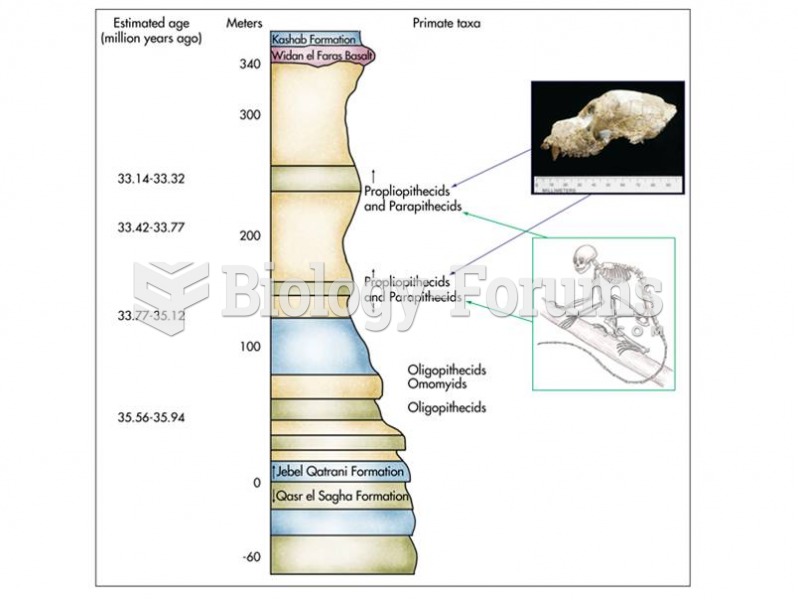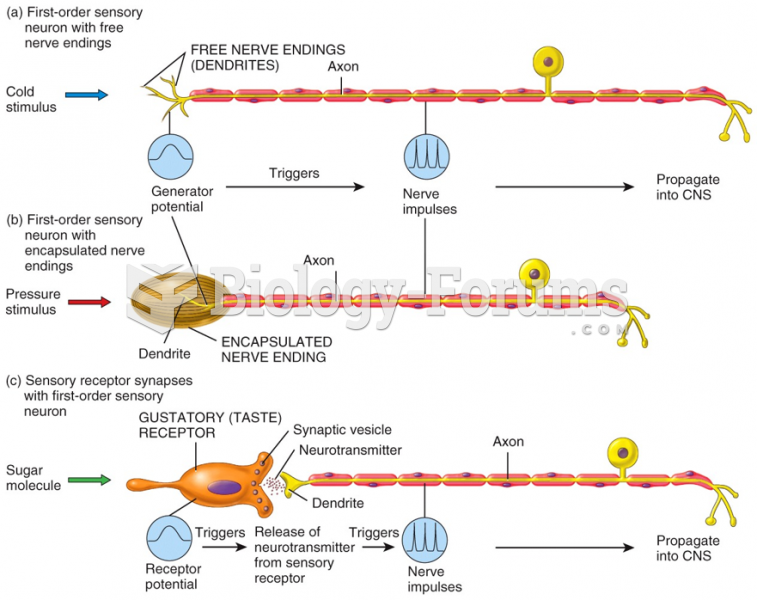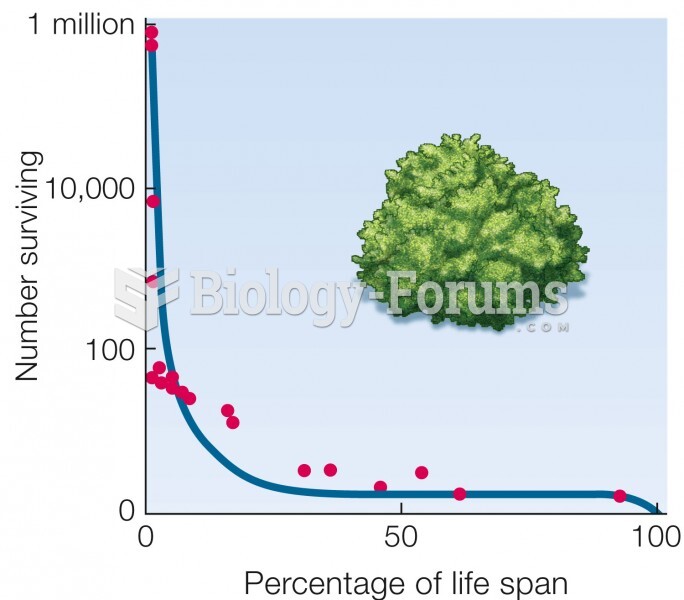|
|
|
The liver is the only organ that has the ability to regenerate itself after certain types of damage. As much as 25% of the liver can be removed, and it will still regenerate back to its original shape and size. However, the liver cannot regenerate after severe damage caused by alcohol.
Since 1988, the CDC has reported a 99% reduction in bacterial meningitis caused by Haemophilus influenzae, due to the introduction of the vaccine against it.
The heart is located in the center of the chest, with part of it tipped slightly so that it taps against the left side of the chest.
More than 4.4billion prescriptions were dispensed within the United States in 2016.
More than 2,500 barbiturates have been synthesized. At the height of their popularity, about 50 were marketed for human use.







